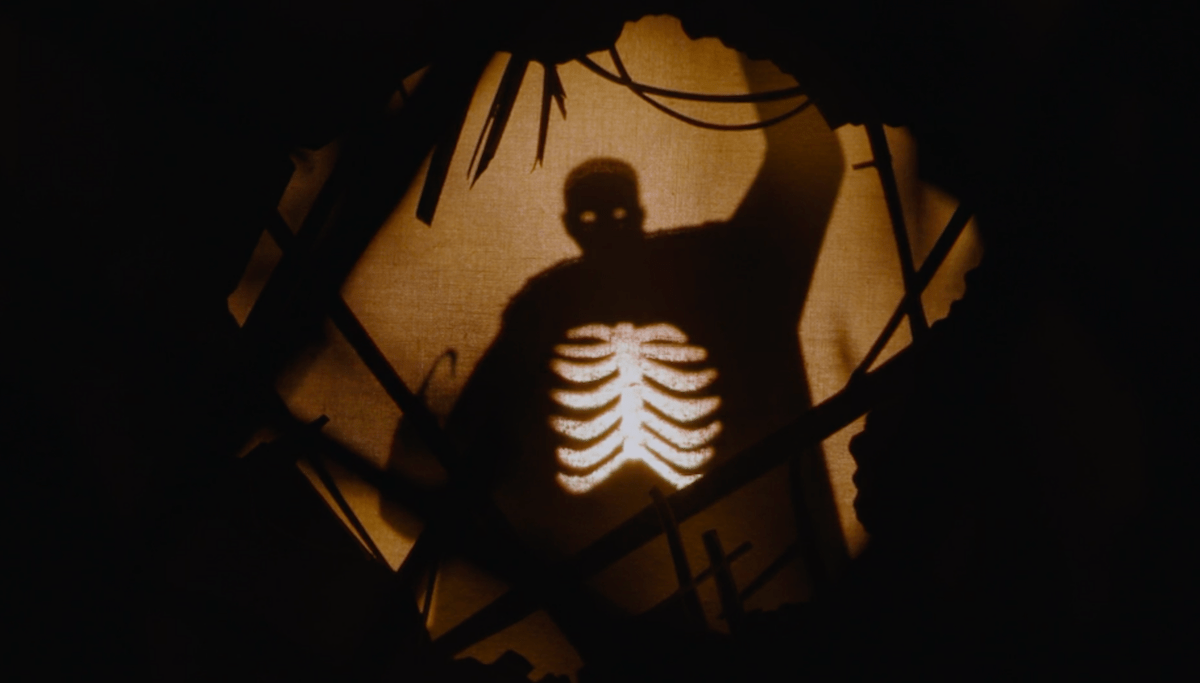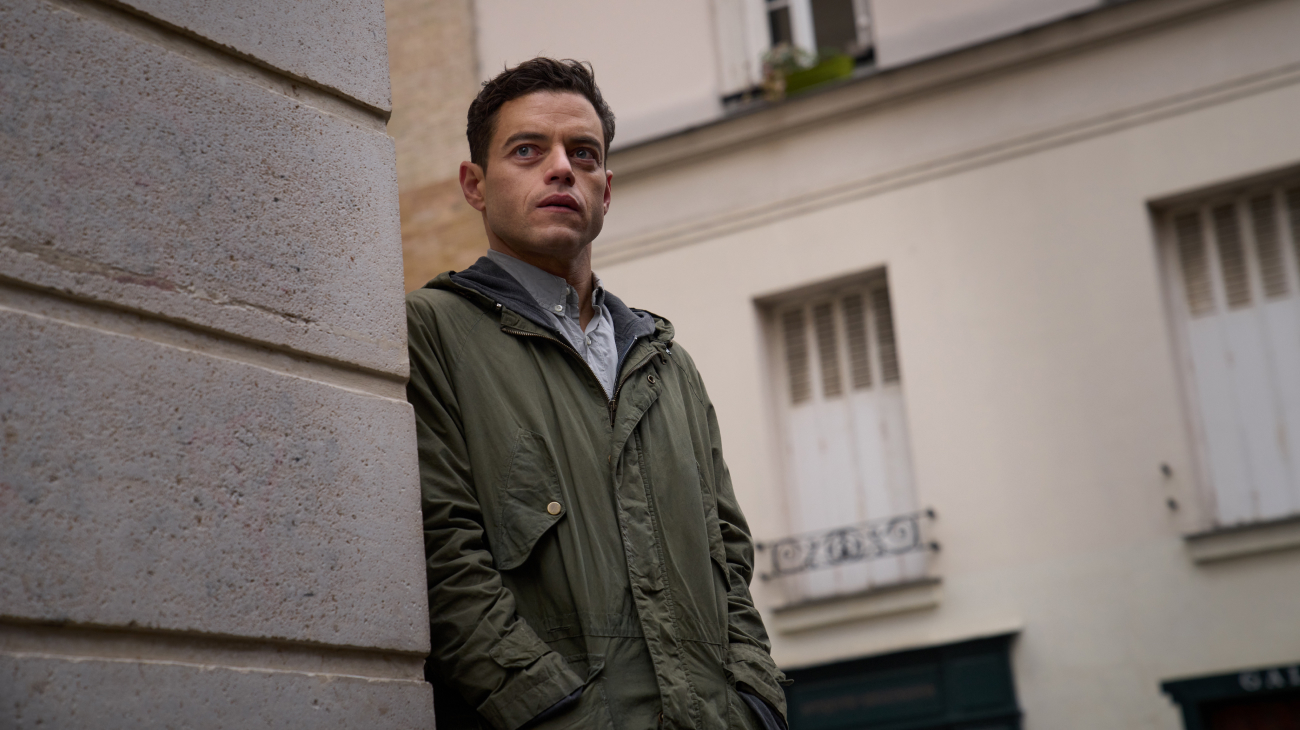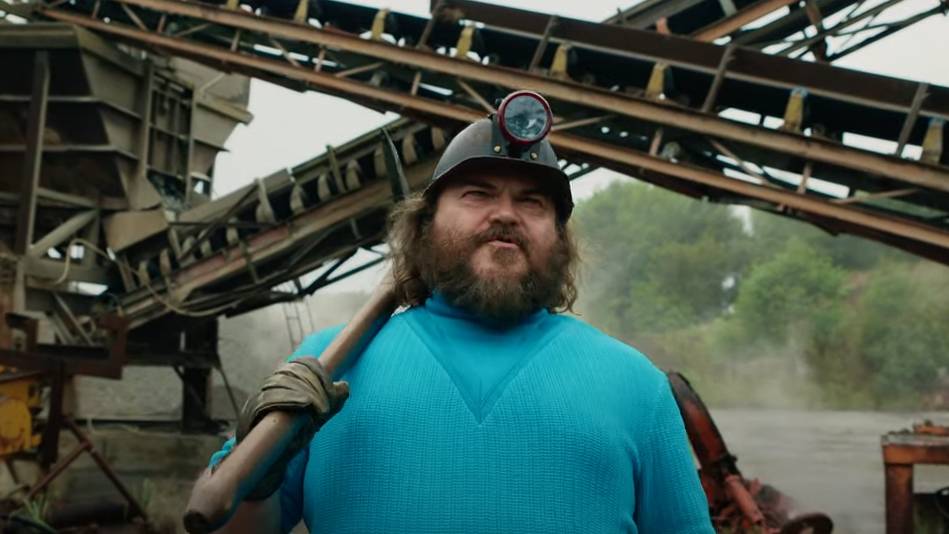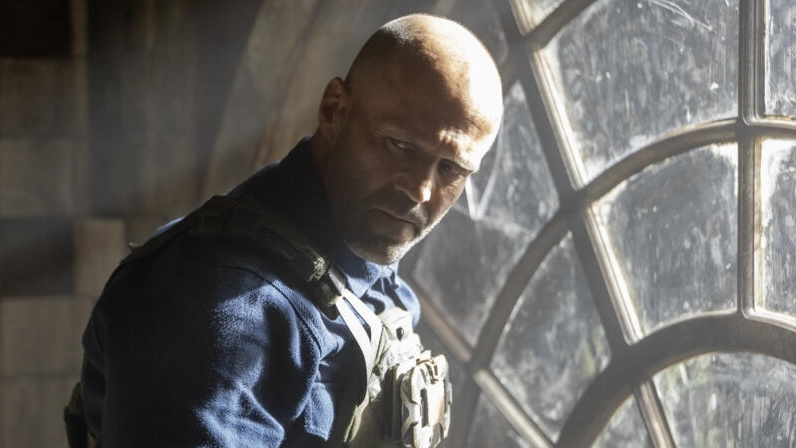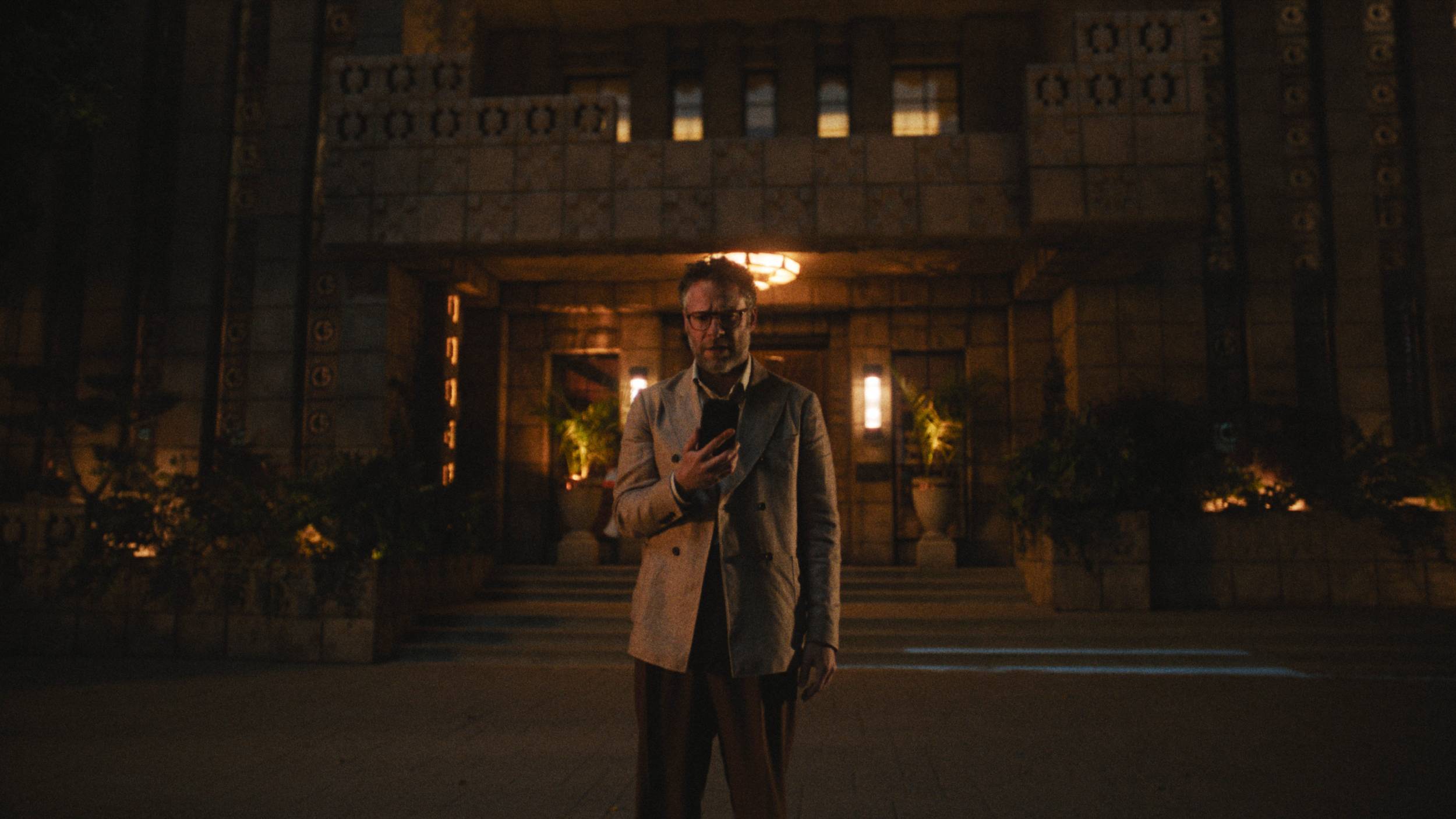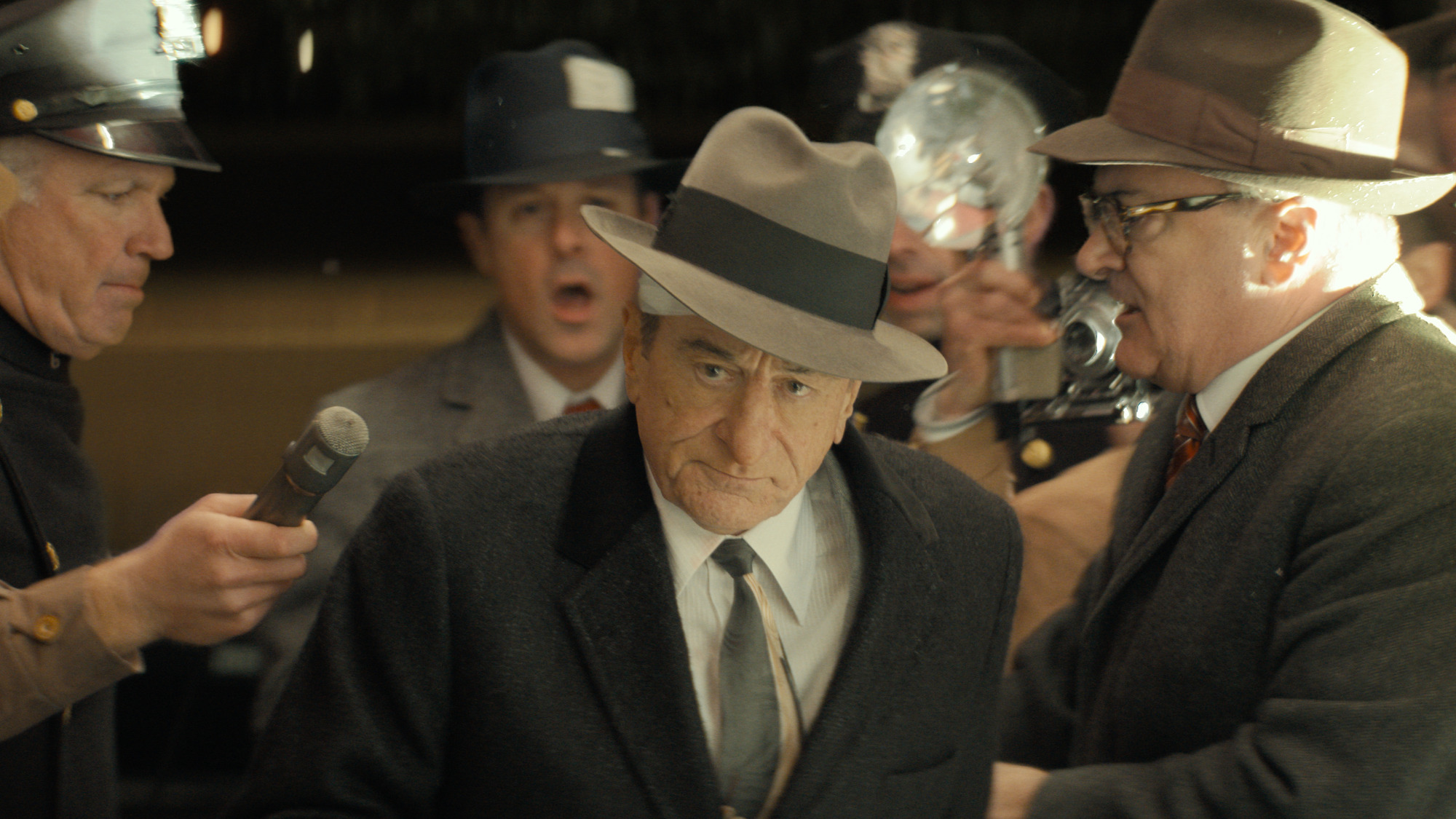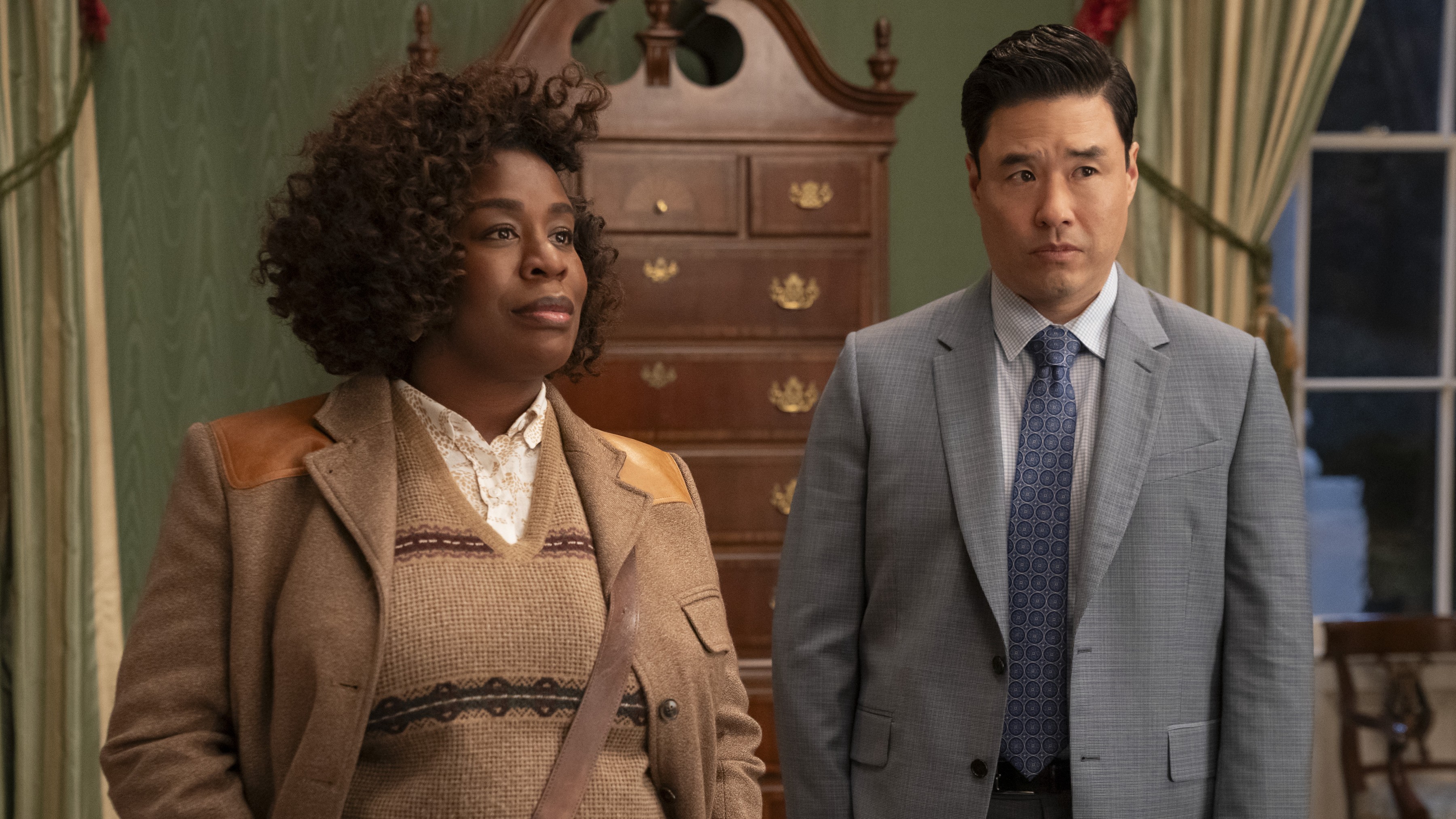What to Watch Verdict
Candyman revives the terrifying urban legend for a new generation of fans, but never loses sight of the past. It's wonderfully self aware and hauntingly clever, exactly the kind of horror that follows you home from the theater.
Pros
- +
🍬 Nia DaCosta showcases her immense talent, crafting a world that terrifies with its every detail.
- +
🍬 Wonderfully self aware horror, as clever as it is haunting.
- +
🍬 Stunning performances all around, giving each of its many stars space to shine.
Cons
- -
🍬 Candyman is juggling a lot of commentary and big thematic questions. It’s reclaiming a narrative steeped in pain and isn’t always sure how to reckon with that reality.
There is no empty space in Nia DaCosta’s Candyman. Every conversation oozes intentionality, hiding a double meaning beneath surface level words. The same is true of DaCosta's direction, evocative and distinctly deliberate. From its opening scene till the end of its credits, Candyman fills every space with nuance. Above all, the movie throws a knowing wink to the fact that its every detail must be handled with care, because nothing about its subject matter is straightforward. In DaCosta’s hands, Candyman is an affecting urban legend, reborn and ready to haunt a new generation.
This sequel to the 1992 Candyman returns us to the now gentrified Chicago neighborhood of Cabrini-Green. Though its appearance has been radically altered and its Black residents are slowly being pushed aside, Cabrini-Green will always have its roots. Buried to the world like ancient history yet seared into its residents minds is the legend of Candyman, the supernatural killer easily summoned by repeating his name five times into a mirror. Visual artist Anthony McCoy (Yahya Abdul-Mateen II) arrives in search of artistic inspiration but a chance run in with longtime Cabrini resident Burke (Colman Domingo) sets the oblivious artist on a collision course with destiny. Before he realizes, Anthony is swallowed by his Candyman obsession, while the effect of his fascination ripples across the city.
Candyman is thoroughly wrought in pain but never revels in brutality. It certainly doesn’t shy away from its terror — a horror movie through and through, it finds fascinating ways to deliver scares. But beyond the bloodsoaked, hook handed killer is something more powerful: all that he represents. His original story is of a Black man brutally murdered by a mob, for beginning a relationship with a white woman. But history proved that he is one of many. In Candyman’s world and beyond the screen, Black trauma is prescient. And even when it gets necessary acknowledgement, the lives lost are often ignored and twisted into martyrs.
This is the sweet spot of Candyman: its understanding of everything that lies beneath the gory slasher film. The story itself is a powerful summation of collective memory, and a searing indictment of using Black death to make martyrs. Candyman is a reclamation of the narrative, and of its many complex horrors. Though it doesn’t always accomplish this perfectly, the end result is blisteringly effective. Candyman doesn’t go down easily and at times, the film is a bitterly swallowed pill, but still manages to be uniquely rewarding.
From the very beginning, DaCosta lets Chicago do the work. In gorgeously composed shots and stunning detail, the city shines in the background. She places the scourge of gentrification front and center, often letting Cabrini-Green’s new skyscrapers dominate the frame. The view from down below hides the neighborhood's roots, focusing on what it has become — unrecognizable and entirely indistinct. Worst of all, it shrouds the neighborhood in darkness, leaving the former residents hidden in the shadows of their newly gentrified city. All of which serves to illustrate a point Candyman never abandons: there's always someone left rotting in the shadows.
At one point or another, each of Candyman’s characters fear the reality of being forgotten. Anthony’s search begins as a desperate attempt to revive his career, meanwhile his girlfriend Brianna (Teyonah Parris) looks forward in the hopes of growing hers further. While Anthony lashes out to rejection, Brianna is intent on paving a path forward. She embraces their luxury apartment and the possibility of moving up in the world. Sure, she entertains Anthony’s interest in Candyman but only to a point. Long before Anthony does and perhaps before the audience, Brianna understands the power of an unsettled memory.
Late in the film, her brother Troy (Nathan Stewart-Jarrett) reminds her, “you can’t just hide everything and hope it goes away.” We learn that Brianna’s life is more steeped in trauma than we realized. The world has a way of sniffing it out and however hard she tries to keep it hidden, using her grief in a value system that isn’t the least bit interested in her as personhood. As Black folk so often are, she’s boiled down to the narrative she has to offer. They latch onto her pain and trauma, leaving the rest of Brianna behind.
Unsurprisingly, Parris stuns as Brianna, stealing the movie’s second half in a vicious bid for survival. She deftly finds a balance between tender vulnerability and iron-clad will, rightly terrified but determined to fend off every threat that comes her way. She’s one of many incredible performances, with every Candyman actor pulling out their very best.
Yahya Abdul-Mateen II is straight up disarming as Anthony spirals towards insanity. The revelation of Candyman shifts the ground beneath his feet, changing him before our eyes. There’s a fine line between appropriation and inspiration, and DaCosta never shies away from Anthony’s intentions, prodding at his motives and the art he creates. Somewhere along the way, those same motives fade into the background as he falls further down the rabbit hole and loses sight of the rest of the world. As for the terrifying specter himself, Candyman lives in reflections, another one of DaCosta’s clever touches. The vengeful spirit thrives in memory, haunting anyone who dares to summon him, which only serves to spread his name further.
It’s disarming how thoughtful Candyman is, willing to delve into the murky, complex waters of every issue it raises. The harsh reality of that murkiness is that not everything lands as easily as we hope. The film's mantra gives Candyman new life through a familiar demand: "say my name." But this bears a greater weight than it can overcome, as do the many questions that emerge from the killers existence. How do we stand behind a story written in our own blood? How do we reckon with harm done to the community by the community? DaCosta doesn’t always have the answers but she dares to ask the questions, leaving no ground unsettled.
Canndyman won’t let itself be so easily forgotten, so it sears itself into our minds with gorgeous composition, a tense narrative, biting comedy, and its stunning thoughtfulness. With eerie shadow puppets and haunting allure, Candyman refuses to be left behind. Best of all, it becomes so entangled in the many complexities of memory and martyrdom that it follows you home. So effective is its fear that you won’t dare utter the name aloud even twice, certainly not when a mirror is anywhere in sight. Yet, the beckoning demand to "say his name," assures you'll never forget. Candyman locks its audience in a vice grip and pleads for reflection, becoming another ghost of our collective memory.
